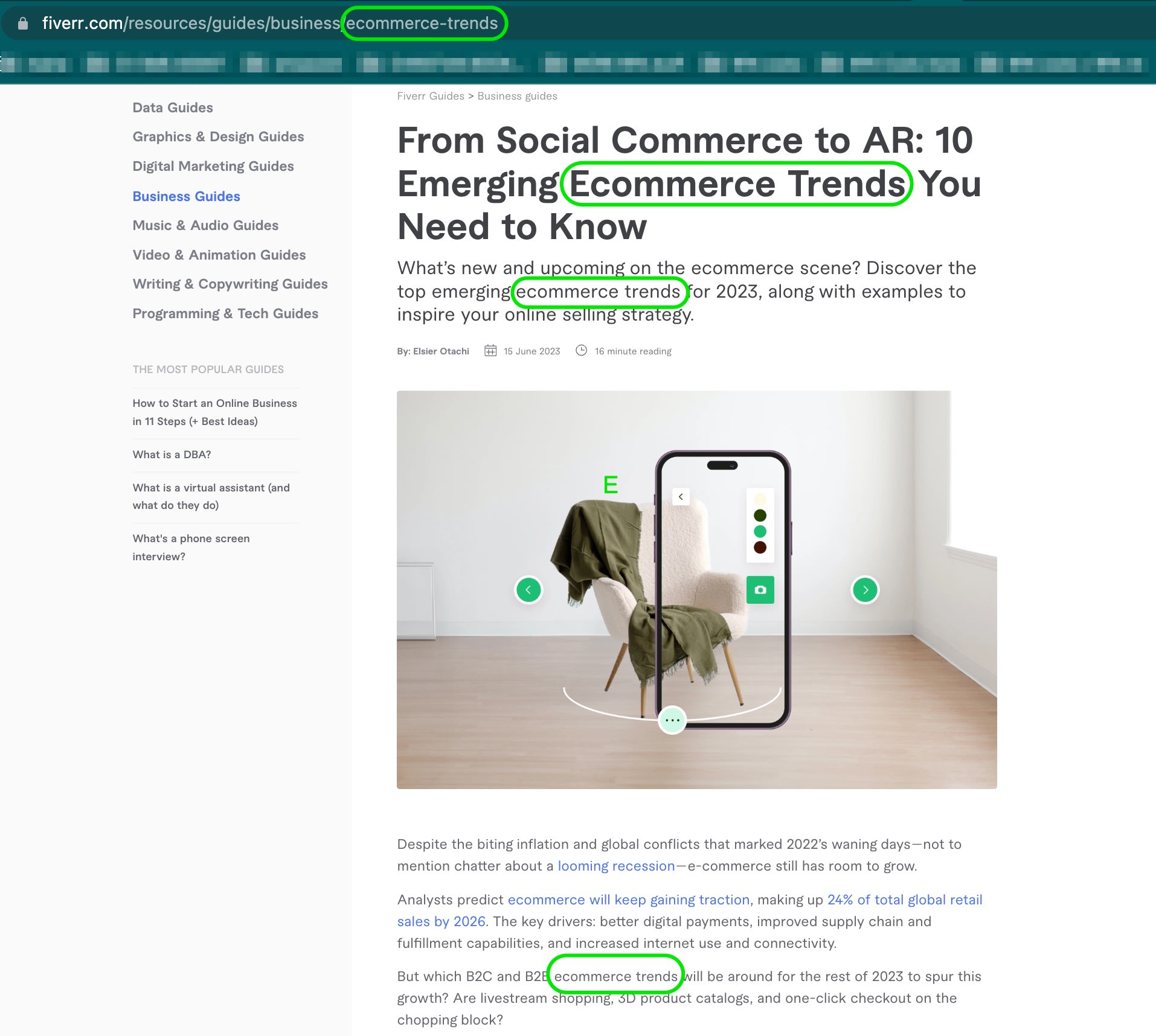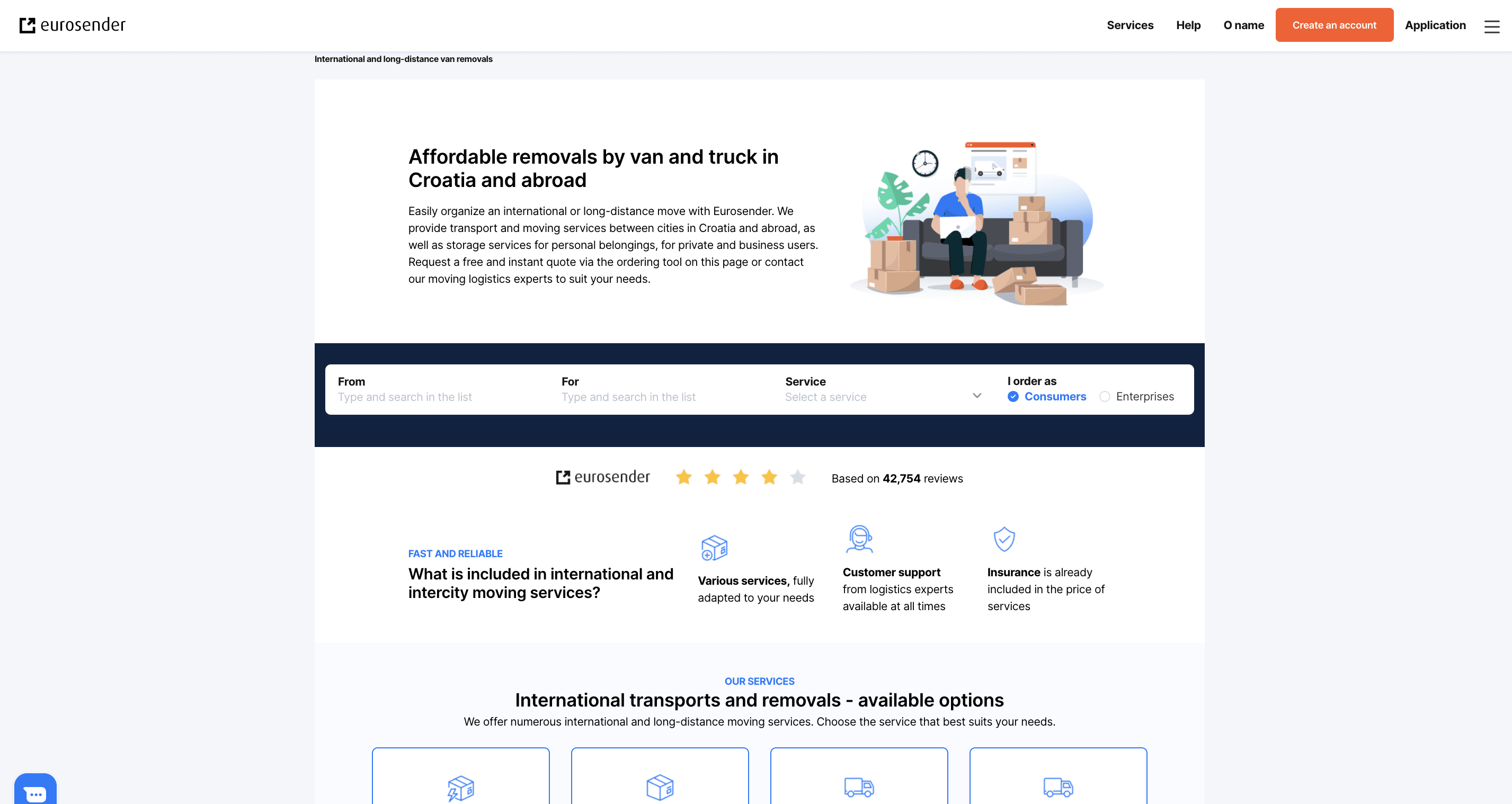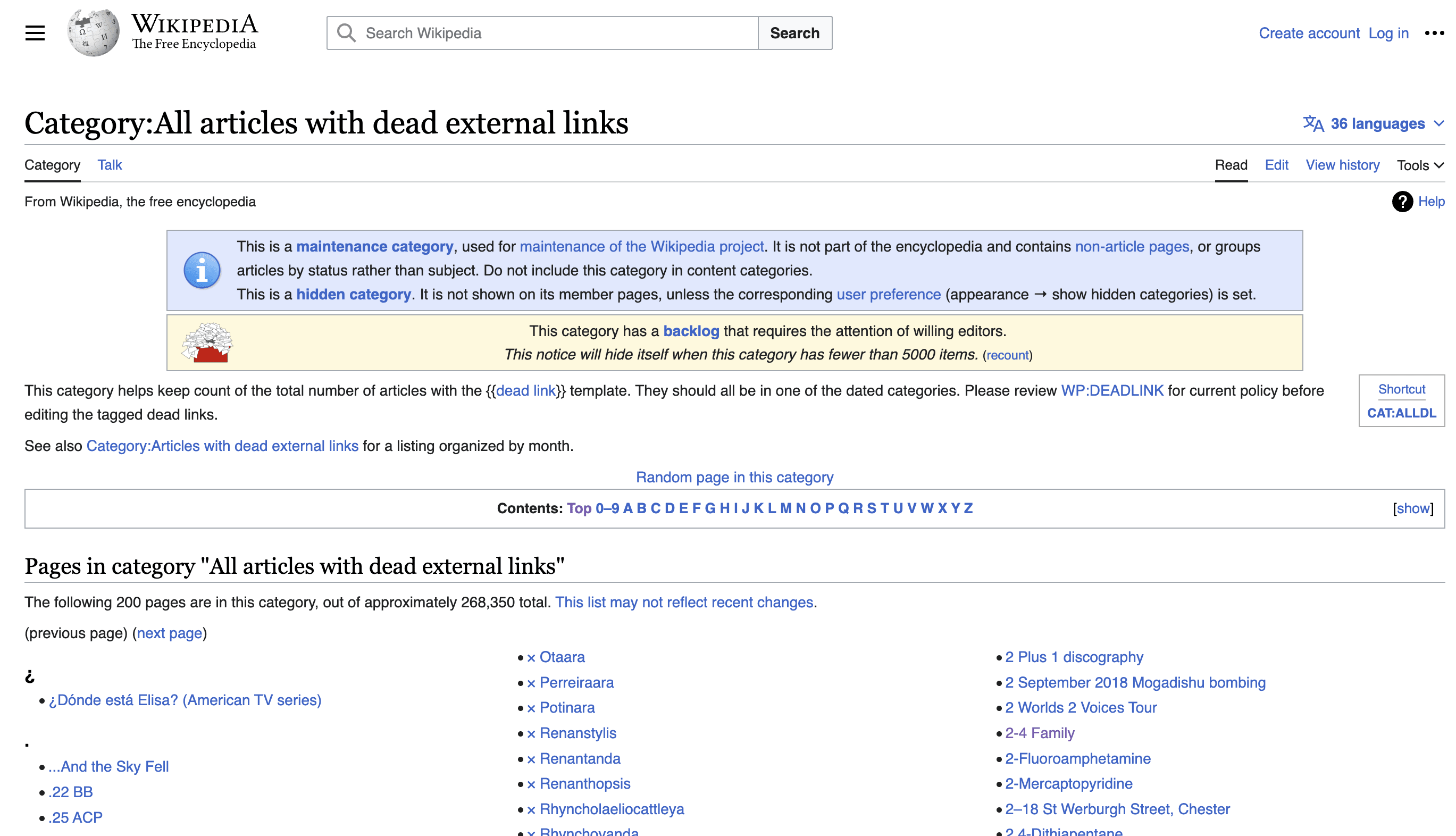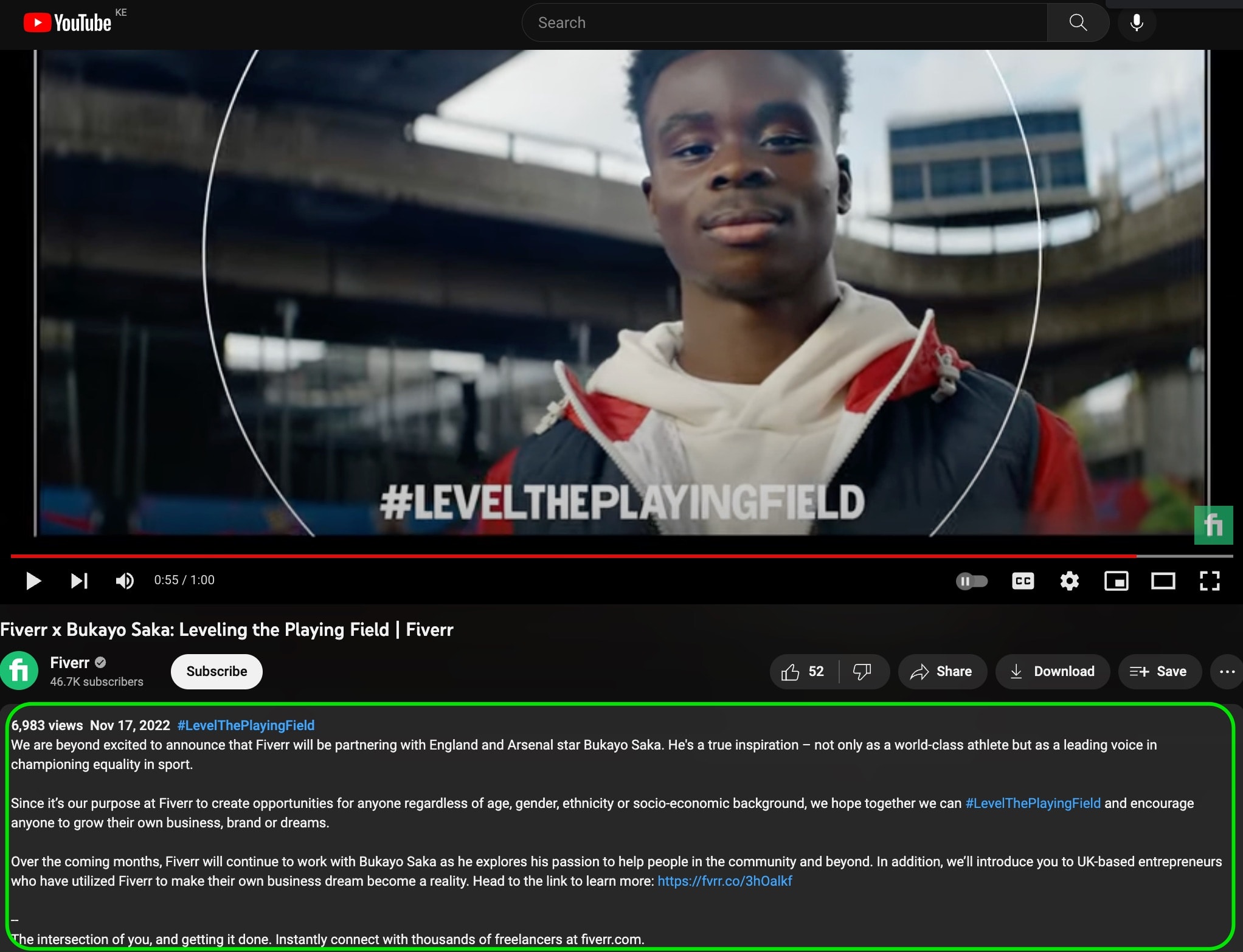Mastering Writing for SEO: Top 10 Techniques to Boost Your 2024 Search Ranking
Want to rank better on search engines? Use these top 10 techniques to help you master writing for SEO and make it easier for your customers to find you.
 July 25, 2023
July 25, 2023 14 minute reading
14 minute reading
Search engine optimization (SEO) has come a long way.
Initially, you needed to use or repeat keywords multiple times throughout your meta tags and web pages (a.k.a. keyword stuffing) to rank well in Google Search results.
But keyword stuffing doesn’t work anymore. In fact, Google lists it as a common form of spam, which could result in your website quickly falling down the ranks in search.
When writing for SEO, you don’t always need to reinvent the wheel.
The right techniques and a few small changes can significantly impact your return on investment (ROI).
This guide covers the top 10 SEO techniques to employ within your content marketing strategy to boost your search ranking.
What is SEO writing?
SEO writing involves writing and publishing content to rank on the first page of search engines.
Google processes more than nine billion searches per day, meaning your customers likely use the search engine to find information.
If you’re constantly writing content to rank highly on search engines, SEO writing is the bridge that will help you get there.
But this begs the question: What techniques can you incorporate into your content to boost your ranking and combat low traffic?
Let’s review the top 10 ways you can master writing for SEO and increase your chances of ranking higher.
10 techniques to boost your search ranking
There are several quick and effective ways to improve your search ranking, many of which involve simple adjustments to your current SEO strategy. Here are the top 10 techniques for ranking your content higher.
Find an SEO content writer to boost traffic on Fiverr
1. Place keywords strategically
Keywords are critical to writing for SEO and to how your content ranks on search engines.
Wrong use of keywords can seriously hurt your business. You not only miss out on the organic traffic you’d get as people click through to your website from search results, but also on potential leads and sales.
Your business can’t afford that, which is why you should add keywords strategically to the pages you want to rank. Some key areas to insert your target keyword are:
Title tag (at least once)
Web page URL
First 100 words of your content
Here’s an example of how we optimized our guide on the 10 emerging ecommerce trends for 2023 around the target keyword “ecommerce trends”:

We added the exact term in the website URL, title tag, first 100 words of the blog post, and the meta description, too.
Besides including the target keyword severally in your content, you’ll need to add related keywords, synonyms, or variations of that keyword. That way search engines will try to understand the topic and rank your content better.
“Be sure to use your primary keyword in your title and in your meta description,” says Joe Karasin, CMO and founder of Karasin PPC. “The title should be a balance between compelling and click-worthy without being spammy. Your meta description should use the primary keyword and at least one synonym/variant of it to help rank for both terms.”
Search for terms or searches related to your target keyword, then strategically insert those throughout your content. For instance, if you’re searching for “how to find a ghostwriter” in Google, you might get the following related search terms:
2. Refresh old blog posts
Like house flippers buy homes, renovate, and sell them for a profit in a short period, you can update or upgrade and republish your old blog posts, especially if they’re no longer performing as expected on search engine results pages (SERPs).
Doing this requires knowledge, planning, and savvy to improve and generate good results from the revamped content.
Here are some tactics you can try to refresh old content:
Check for relevance and accuracy
Reoptimize for the target keyword
Update images
Add new screenshots
Ensure existing links work
Add more high authority external links
Organize the content into sections for easier reading
Insert new examples
Write a new title and description
Fix any grammatical, spelling, or formatting mistakes
Re-promote the refreshed piece to ensure it gets the attention it deserves by sharing it on social media or your newsletter mailing list.
3. Find untapped keywords
Keywords show you where to go and whether or not your SEO campaigns are making progress.
You don’t have to copy the same super-competitive keywords as rival businesses. There’s a wealth of untapped keywords out there you can use to your advantage.
Instead of firing up a keyword research tool and picking keywords out of thin air, spend time finding solid “seed keywords” that will generate better results.
For example, babywear brand Bonsie optimized its content for the “skin-to-skin babywear” keyword, landing it the top search position.

Seed keywords also generate much less competitive keyword ideas you can rank for. Here are some tips to help you find untapped seed keywords to use:
Brainstorm words, phrases, or topics people search for that are related to your business.
Go to the “Searches related to” section at the bottom of Google search results and find related terms. You can click on one of those terms and find a new list of related keywords.
Visit Wikipedia and type broad keywords related to your industry or niche then go to the “contents” section. Click on some of the links on the subtopics listed to find more closely related keyword entries.
Search for broad topics on Reddit that your target customers are interested in and are related to what you offer, then select a subreddit where they probably hang out. Monitor threads with lots of comments to conduct social listening on what people are saying. If they’re talking about it on Reddit, they’re likely searching for it on Google, too.
Generate keyword ideas and pick high-potential terms to create content around based on their competition, search volume, and revenue potential.
Slavica Grgic, SEO specialist at Learn Croatia, suggests researching the keywords your competitors are ranking for and Google’s keyword suggestions. Then organize that data logically in a spreadsheet where you can filter the results.
Grgic used untapped keywords to create a set of more than 45 pages based on the interests of her client’s local target market.

“We saw that there is an increase in moving/relocations targeting different locations, so we covered these keywords through a set of pages,” says Grgic.
Need more creative seed keywords? Use SeedKeywords to create scenarios people would use to find your business online. Send the link you get to a few people you know to see what keywords they’d use and pick some creative terms from their feedback. Pop those terms into your keyword research tool to find out their competitiveness, search volume, and revenue potential before using them in your content.
4. Leverage internal and external links
The quality and relevance of your outbound links matter.
Any pages you link out to should reflect the topic of your page. Often, such pages are more helpful resources and of higher quality than your own. But in Google’s eyes, they establish your own pages as hubs of helpful content.
“In referencing well-respected sources and assigning them their corresponding links, you can boost the SEO impact of your articles,” says Ryan Rottman, co-founder and CEO of OSDB Sports. “Quality content provides not only well-written articles but reliability in that information, and inputting this into your text and posts can trigger SEO algorithms for positive benefit.”
Outgoing links don’t dilute your site’s authority. In fact, a study by Reboot Online—a data-driven SEO company—found a correlation between outbound links and Google rankings.
If used correctly, external links remain a ranking factor and good SEO best practice. They’re better for user experience (UX), too, as they help users find helpful content to learn more about the topics your content addresses.
Rottman also advises researching the best sources for industry articles related to your business and referencing them strategically within your text to assure reliability.
Add at least three quality, relevant resources in your content to hint to Google that your page offers helpful information.
Like outbound links, inbound ones also add value and boost underperforming pages. Find keywords you rank for that have some decent search volume, then identify your most authoritative pages and add internal links from those pages to the underperforming pages.
5. Speed up your site
Speed sells! According to the Nielsen Norman Group, people can detect delays as short as a tenth of a second, in turn reducing conversion.
Users shouldn’t have to wait for your site to load or the system to catch up. Otherwise, they’ll give up and go elsewhere—and that means lots of lost business.
Some factors that affect your page or site speed include:
Website theme: Your website theme controls elements on your site, such as its layout, color, and overall design. But some themes are smaller, have fewer bells and whistles, and are more optimized than others, so they load faster.
Hosting service: Your web host provides the server where your site lives. So, its server performance—which includes its uptime, facilities, and server configurations—impacts your site’s performance. Choose a good and reliable hosting service that processes requests fast enough.
Third-party connections to social media platforms: These cause site delays or latency owing to the huge distances data travels.
Large file size: If your site has many types of files, their weight can slow it down, leading to a low FID score in Core Web Vitals. Heavy images and videos also take up a chunk of your page or site’s weight.
Bad code: Poorly optimized code causes many issues and performance dips. Clean up your code to remove extra lines and any other errors that don’t add value. If you’re not sure how to do it, find a web developer to review and clean up your site’s code.
Plug-ins and widgets: If you run a WordPress site, you probably add functionality through plug-ins and widgets. Each plug-in or widget adds more code to your site, making it heavier and further slowing it down.
Redirects: Poorly configured redirects may also impact your site speed, especially where there are redirect chains. Link them closely to the final destination to avoid multiple redirects and improve your site speed.
Content delivery network (CDN): Without a CDN, your site will load slowly. CDNs are particularly helpful if you have a global audience, as it saves your site’s static content in the network, serving them faster to people closer to one of its servers.
Speeding up your site comes with many benefits, including higher conversion rates, lower bounce rates, and better search engine ranking.
You can use tools like PageSpeed Insights, WebPageTest, or Lighthouse to measure and monitor your site’s speed. Alternatively, hire a web development expert to speed up your site for you.
6. Leverage broken/dead link-building opportunities
Broken/dead link building is an effective and impactful tactic to earn and build high quality, topically relevant backlinks from other sites to yours.
The practice involves finding and replacing broken external links to 404 pages on a target website in your niche with a working link of your own.
To be successful, you’ll need a well-thought-out and effective content strategy that includes:
Looking for broken links from relevant web pages
Identifying content worth linking to
Reaching out to the target website’s owner and recommending your link as a replacement for the dead link on their page
Finding broken linking opportunities is the hardest part. You can use Wikipedia’s list of articles with dead links or a tool like Semrush’s Backlink Analytics.

Alternatively, use the Wayback Machine to understand what the dead page was about and recreate the content on your site. Once you publish a better piece of content, reach out to those who linked to it about replacing the dead link with yours.
If you already do link building, more opportunities exist in your niche on sites that publish “best of” listicles. And you can always reach out to the site owners or bloggers when you want to promote your content.
Hire a backlink specialist to grow your website on Fiverr
7. Optimize your YouTube title, description, and tags
If you’re a YouTube content creator and want to build your video SEO, optimize your video title, description, and tags around keywords that already have video results on the search engine.
Your text-based title and description help Google determine what your video is about and rank for your target keywords.
For instance, we recently published this video about our partnership with England and Arsenal star Bukayo Saka—a world-class athlete and leading advocate of equality in sport.

In line with Fiverr’s purpose of creating opportunities for anyone and using the hashtag #LevelThePlayingField, we published a video on YouTube to encourage people to grow their own businesses, brands, or dreams.
You may have noticed the video title and description contain our target keyword, which we use severally in the copy.
Some things you can do to optimize your title, description, and tags include:
Using at least five words in your video title so you can insert the full target keyword. Our video title was eight words long—one of which was our target keyword.
Include your keyword in the first 25 words of your video’s description, using it two to four times in the copy. Try to make it at least 250 words long so Google and YouTube know what the video is about.
Use strategic video tags (even those your competitors use) in your copy to rank for your target keyword. Video tags that match what your target audience is watching also helps your content appear more often among related videos in YouTube’s Suggested Video section.
And while you’re at it, consider joining Fiverr’s influencer program, which gives content creators an opportunity to cash in on commissions of up to 100% more than other marketplaces. To apply for the influencer program, pick a partnership plan, create and share your content, and enjoy your earnings.
8. Publish an industry study
A research paper by Foundation titled “The Psychology Of Content Sharing Online In 2023” found that people have different motivations for sharing things online. Nearly half of the respondents said sharing content allows them to:
Inform others of products they care about
Potentially change opinions
Encourage actions
For brands, this means publishing informative content, particularly an industry study or research, increases the likelihood that people will share it with others.
With an industry report/study/research, you can:
Improve your online prominence
Get more social media shares and press mentions
Get more white hat backlinks from news sites and authority blogs
Boost your search ranking
Increase organic search traffic to your site
Leverage your original research and expertise to become a trusted content-sharing source. Journalists and bloggers often rely on such reports for data and automatically reference or link to the content.
For example, Peak Freelance published a study on freelance writing rates, generating 170 backlinks from 133 unique domains.

9. Structure your content for readability
Your readers will probably bounce off your page—if it’s one long block of text—to one that’s easier to read or better structured.
A good structure makes your content SEO-friendly and engaging to users.
Here are some helpful tips to improve content readability:
Write shorter sentences and simple paragraphs.
Include one idea per paragraph.
Add images to break up long blocks of text or sections.
Use numbered or bulleted lists where possible.
Highlight important ideas with visual emphasis, such as quotation marks and bold font.
Share relevant information that answers users’ questions at the top of the relevant header.
Add a table of contents (with jump links) so users can quickly visit the desired section.

Source: Twitter
“Content structure is important for UX and SEO,” says Ben Poulton, SEO consultant and founder at Intellar. “Using proper headers, short sentences, images, a table of contents, FAQs all help add value to your content. Remember that readers skim content online, so structure your content to be digestible when skimmed.”
10. Use local SEO to your advantage
Local SEO involves optimizing your online presence to increase brand awareness, online visibility, and local traffic.
Optimizing your Google Business profile, finding local keywords, and creating locally relevant content are among the common local SEO tasks that can boost your Google rankings and bring more traffic.
Local SEO benefits businesses with a physical location or that serves a particular geographic area. For example, typing the keyword “salon near me” brings up the following results:

Some quick tips to get started with local SEO include:
Optimizing your site for mobile so you don’t lose out on users searching the internet from their smartphones and mobile devices.
Publishing relevant keyword-rich content, which includes your city or town, and getting cited on business directories also improve your Google ranking.
Generating more positive customer reviews for your business. For instance, you can link your Google My Business listing in your email signature or request customers leave reviews, and respond to each one of them.
Read our guide on local marketing ideas and strategies for small businesses for more tips to increase site traffic, attract new customers, and boost brand awareness in your local community.
Improve your search ranking
Whether you run a small business or a large enterprise, SEO has a huge impact on its success. The tactics you use will determine how easily your target audience can find you.
While you can’t guarantee first-page Google rankings, you can follow these 10 techniques to improve your chances of getting there. But, it’ll take constant learning, experimentation, and creativity to produce the results you want and conquer the SERPs.
Not sure where to start? Get SEO expert help from Fiverr.
Our digital services marketplace is home to professional freelancers who can evaluate your site and prioritize the content and aspects to work on to boost your search ranking. And you can manage freelancers, project files, and payments in one place, for free.
Sign up to Fiverr to find an SEO writing expert and improve your search ranking.





